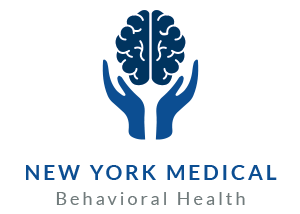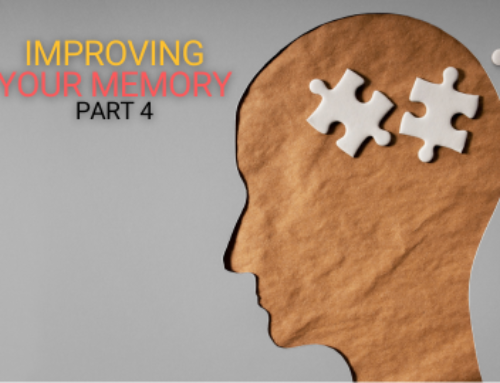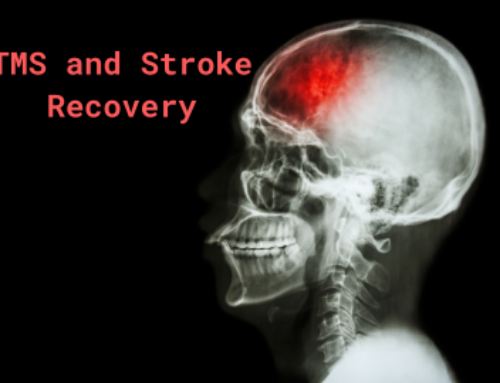The Stages of Sleep
Today, we’re going to take another look at how sleep works: the stages of sleep. Sleep isn’t just a period of unconsciousness that lets us rest our muscles. The brain does a lot during sleep. We even have an ideal schedule that our brain has made for us.
Keeping these elements of sleep in balance is important for one’s health in every way. There are four stages of sleep, and they are supposed to cycle multiple times during the night (or day, depending on the person’s circadian rhythm). Each stage can occur up to four times, and they generally last for 1 to 2 hours.
The stages of sleep fall into one of two phases: non-rapid eye movement, or non-REM sleep, and rapid eye movement, or REM sleep. The REM sleep phase is when we dream. There are three stages of non-REM sleep and one stage of REM sleep.
Stage one of non-REM sleep happens as you fall asleep. This only lasts between five and ten minutes. Some people are still mentally aware during a portion of this stage of sleep and can feel their bodies going still. During this first stage, your muscles relax, your brain activity and heartbeat slow down, and your eye movements slow down or stop.
Stage two of non-REM sleep is where you’ll spend most of your time when you sleep. It is a light sleep during which you can be easily awakened. Your eye movements stop if they hadn’t already, your muscles go soft, your heart rate slows a little more, and your body temperature decreases. Brain activity speeds up for a little while, then slows again. It’ll do this several times during the night.
Stage three of non-REM sleep is the deep sleep stage. This is when you work up energy to use when you wake up. Your body repairs its tissues, cells generate, and muscle fibers knit themselves back together. Your breathing rate and heartbeat are as low as they can be without danger. Stage three is essential for you to feel rested the next day, and being awakened during this stage is both difficult and unpleasant.
Stage four is REM sleep. It should occur between an hour and a half to two hours after falling asleep. Brain activity speeds up, almost to the point where we are awake. Breathing quickens, as does your heart rate, and your blood pressure rises to near the levels they are at when we’re awake. Even so, the body, particularly the arms and legs, is effectively paralyzed. During REM sleep, the rapid eye movements move from side to side. This is when we dream.
The theory behind our body paralyzing our arms and legs is that it’s partly for letting our tissues regenerate but also so we don’t act out our dreams. Many of us have dreams in which we run, fly, or fall, so while sleep paralysis is rather unnerving to think about, it is necessary. REM sleep is a fascinating stage where parts of us are nearly as active as when we’re awake and other parts are in a sort of torpor. Why do our eyes move during REM sleep? It may sound silly, but our best theory is that we are literally watching our dreams. The reasons for dreaming are many and we’re still learning what they are. So far, we believe it’s a mix of our brains going through recent information, storing what we want to keep, getting rid of what’s not important, comparing new information to old information, and so on.
If you’re having sleep problems, seek help by seeing your primary physician. They can run tests to rule factors out as well as refer you to specialists, such as a sleep lab. For more information on how to sleep
better if you have depression, check out our post here. Contact us anytime by writing to us on our website or call (585) 442-6960.





